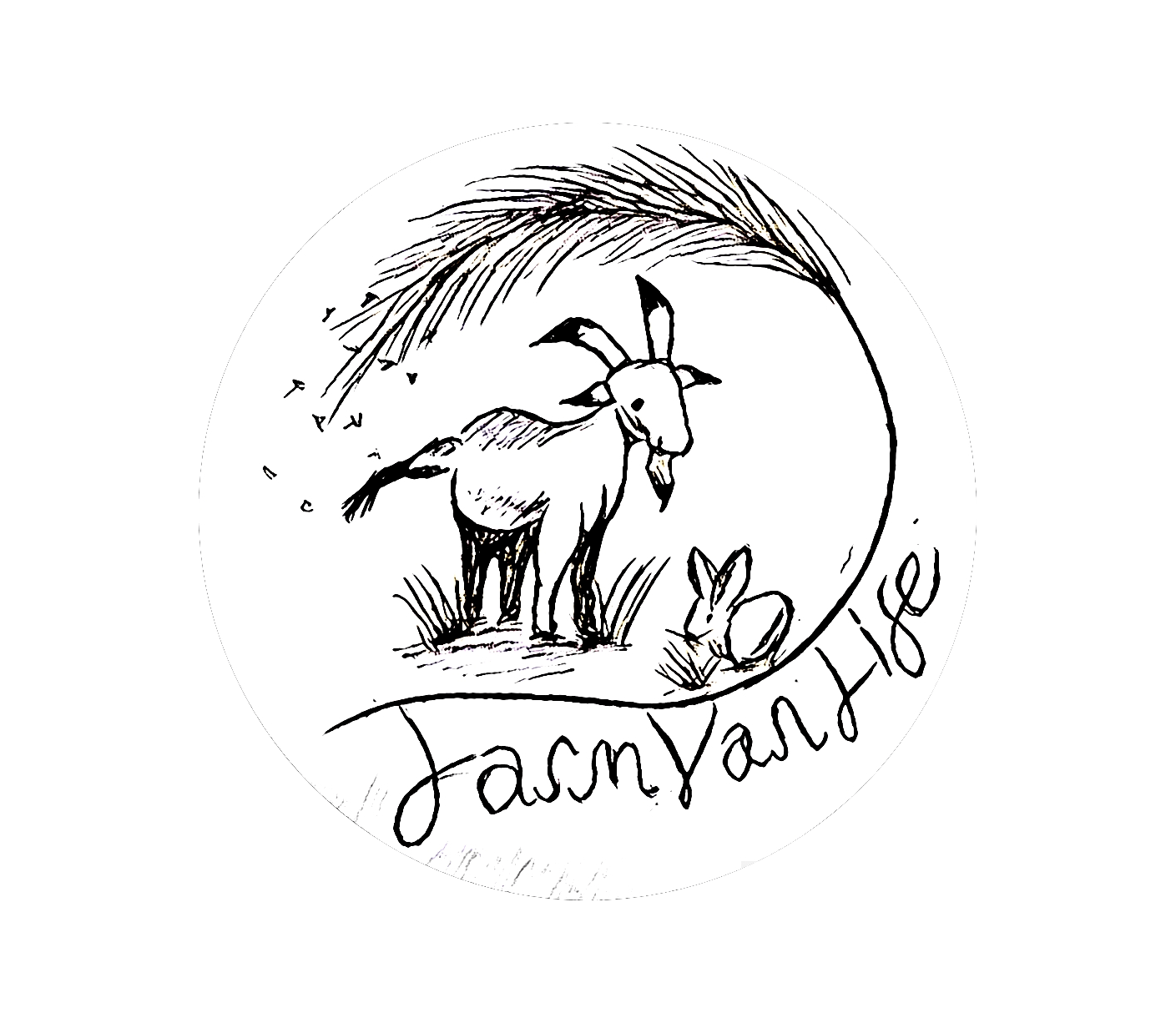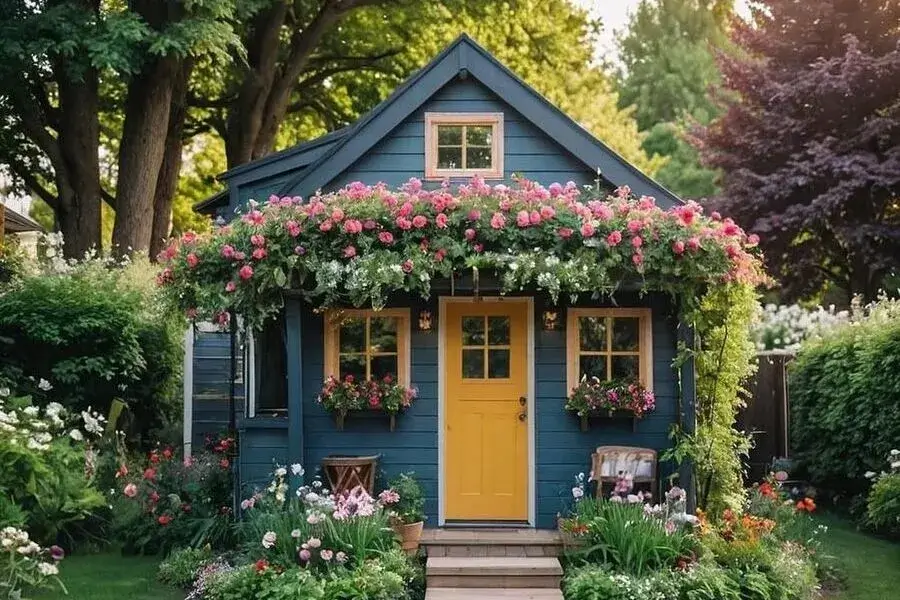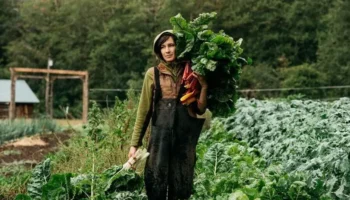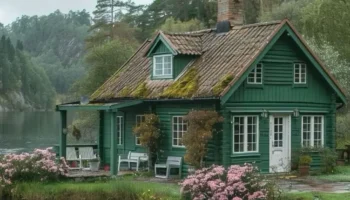Living in a village house offers a unique experience that appeals to those seeking tranquility and a closer connection to nature. The simplicity of rural life often means a slower pace, with fresh air, open spaces, and a strong sense of community. However, living in a village house also comes with its share of challenges. Limited access to modern amenities, healthcare, education, and reliable transportation can make rural life feel isolating.
Village houses typically built using natural materials like mud, wood, or thatch, also blend seamlessly into their environment. The cost of living is generally lower, with access to homegrown food, a self-sustaining lifestyle, and close-knit relationships with neighbors.
On the other hand, traditional village homes may lack modern infrastructure like high-speed internet, plumbing, and reliable electricity. Job opportunities are often scarce, and extreme weather can take a toll on these homes. Let’s check out the details of pros and cons of living in a village house after describing what a village house looks like.
What is a village house like?
A village house typically refers to a traditional, often rural dwelling, common in many parts of the world. These houses are usually simple, practical, and built using locally available materials like wood, clay, stone, or thatch. Here are a few characteristics that often define a village house:
- Architecture: Often one or two stories, with a gable roof, sometimes thatched or tiled. The architecture can be regional, reflecting the culture and climate of the area.
- Materials: Mud bricks, wood, and bamboo are common in tropical areas, while stone is more frequently used in mountainous regions. Roofing may include clay tiles, thatch, or even corrugated metal in more modern times.
- Layout: Village houses often have open verandas or courtyards, with living areas divided by purpose: kitchen, sleeping quarters, and sometimes a separate storage or livestock area.
- Interior: The inside is usually cozy and functional, with a simple kitchen and sometimes a fireplace or stove for cooking. There may be handwoven rugs or mats on the floor, low furniture, and traditional decor.
- Environment: Surroundings are often lush, with a garden for vegetables and fruit trees, or fields for crops. You might also find livestock pens and simple storage buildings around the house.
Continuing with the description of the village house, let’s dive deeper into its components.
Exterior features
- Walls: The walls are typically made of natural materials like mud or clay, which provide excellent insulation. Thus, they keep the house cool in the summer and warm in the winter. In some regions, walls may be painted with white lime or decorated with traditional patterns.
- Roof: The thatched roof, made from dried reeds or straw, is designed to shed rain efficiently and is well-insulated, ideal for both tropical and temperate climates. In some modern adaptations, roofs may also use tiles or corrugated metal sheets.
- Veranda: The veranda at the front of the house serves as a social space, where family members gather to relax, chat, or work on crafts. Simple wooden or bamboo furniture often decorates this area.
Interior details
- Flooring: The floors might be made of packed earth or simple clay tiles, sometimes covered with handwoven mats. In some cases, wooden planks may be used for a raised floor design.
- Furniture: The interior typically features minimalistic furniture, such as low wooden or bamboo chairs, stools, and a central table. Beds are simple, sometimes with frames made from wood or bamboo, and woven mats used for sleeping.
- Kitchen: The kitchen area is often either indoors or part of an open shed outside. Traditional village kitchens usually have an earthen stove or a simple hearth for cooking using firewood. Pots and utensils are often made of clay, copper, or iron.
- Lighting: Traditionally, oil lamps or lanterns would be used for lighting, although in modern times, solar-powered lights or electricity may be present in some rural areas.
Surroundings
- Garden: The lush garden around the house is filled with native plants, fruit-bearing trees (like mangoes, papayas, or bananas), and a small vegetable patch. Village houses often rely on this garden for subsistence farming.
- Animals: It is common to see domestic animals like chickens, goats, or cows nearby. They are essential for the household, providing milk, eggs, and other necessities.
- Pathways: Dirt or stone paths lead to the house, often shaded by trees. These paths also connect the house to fields, other homes, or a nearby village road.
This scene often reflects a lifestyle connected to nature and community, with a slower pace of life and a strong sense of sustainability. Living in a village house has its unique charm and challenges. In the following, you will find some pros and cons that can help illustrate the experience of residing in such a setting.
Pros of living in a village house
The peace and quiet of rural living can be therapeutic, allowing for a deeper appreciation of the natural world and a respite from the hustle and bustle of city life. Let’s look at the pros of living in a village house in detail.
- Connection to nature
- Village houses are often surrounded by nature, with greenery, fresh air, and a peaceful environment. It is a calm and quiet lifestyle, ideal for those who enjoy being close to the natural world.
- Simplicity and minimalism
- Life in a village house tends to be simpler. The homes are typically smaller and less cluttered with modern distractions. So, this can encourage a minimalist, slower-paced lifestyle focused on necessities.
- Healthier environment
- The air quality in rural areas is generally better due to the lack of pollution from vehicles and factories. Additionally, access to fresh produce from gardens or local farms can contribute to a healthier diet.
- Sense of community
- Villages are often tight-knit communities where everyone knows each other. This fosters a sense of belonging and mutual support, where neighbors help one another in daily life.
- Cost of living
- The cost of living is usually lower in a village compared to urban areas. Housing, food, and basic necessities tend to be cheaper, and many people grow their own food, which reduces expenses.
- Self-sufficiency
- Village life encourages self-sufficiency. Many households rely on their own resources, such as homegrown vegetables, livestock, and sometimes even homemade tools and crafts, leading to a sustainable lifestyle.
- Tranquility
- The absence of constant noise, traffic, and the bustle of city life can be extremely calming. Thus, it is easier to experience mindfulness, relaxation, and deeper connections to your surroundings.
Cons of living in a village house
While the serenity and simplicity of village living are attractive to many, the trade-offs in convenience, accessibility, and social activities must be considered before making the move to a rural setting. What are the cons of living in a village house? They are mainly as follows.
- Limited access to modern amenities
- Many village houses lack modern conveniences such as high-speed internet, reliable electricity, or indoor plumbing. Access to healthcare, education, and markets may also be limited or far away.
- Isolation
- Rural areas can be remote, and the lack of infrastructure might make it difficult to stay connected with the outside world. If you prefer a more socially active life or need frequent access to urban amenities, village living can feel isolating.
- Employment opportunities
- Job opportunities in villages are often limited to agriculture or small local businesses. This means many residents either have to commute long distances for work or engage in farming or manual labor, which may not suit everyone’s career aspirations.
- Weather and climate challenges
- Village houses, particularly those made from traditional materials like mud or wood, may not provide as much protection from extreme weather conditions. Floods, strong winds, or harsh winters can sometimes damage these homes or make life difficult.
- Fewer educational and healthcare facilities
- Schools, hospitals, and other essential services are often far from village houses, meaning residents may need to travel long distances to access quality education or medical care.
- Limited entertainment and social opportunities
- Village life lacks the entertainment options available in urban areas, such as theaters, shopping centers, and restaurants. Social events are often community-centered, and the variety of activities is much more limited.
- Transportation issues
- Public transportation in rural areas is often scarce, meaning residents need to rely on personal vehicles or travel by foot or bike. This can be inconvenient, especially if the nearest town or city is far away.
- Technological disadvantages
- While technology is making its way into rural areas, the internet and mobile connectivity are often less reliable. This can be a significant drawback for those who need to work online or stay connected digitally.
Living in a village house offers a rewarding, peaceful, and eco-friendly lifestyle, but it comes with certain trade-offs, particularly regarding modern conveniences, accessibility, and career options. For those seeking a simpler, nature-connected life, a village house can be ideal, but it requires an acceptance of the challenges that come with rural living.





